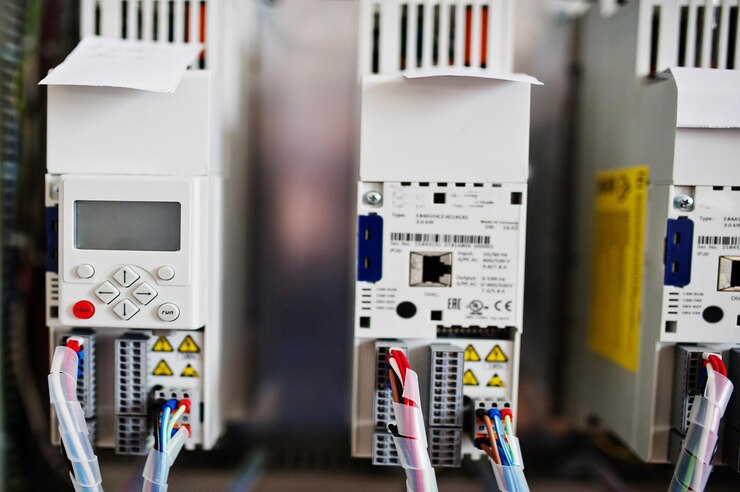MOXA Switches, and Pressure Switch Types Enhance Automation
MOXA Switches, and Pressure Switch Types Enhance Automation
From Raheel Bhatti
I'm raising money for a cause I care about, but I need your help to reach my goal! Please become a supporter to follow my progress and share with your friends.
Subscribe to follow campaign updates!
More Info

Automation systems have revolutionised industries by improving efficiency, precision, and safety. Components like damper actuators, MOXA switches, and various pressure switch types are critical in these systems, enabling smooth operation across sectors such as manufacturing, energy, and building management. This article explores the role of these key elements in enhancing automation systems.
The Role of Damper Actuators in Automation
Damper actuators are essential for controlling the flow of air or gas in HVAC systems and industrial processes.
●HVAC Efficiency: Damper actuators regulate airflow in heating, ventilation, and air conditioning systems, ensuring optimal energy use and consistent indoor climate control.
●Industrial Applications: These actuators manage exhaust systems and airflow in manufacturing facilities, contributing to worker safety and equipment efficiency.
●Smart Building Integration: Modern damper actuators are compatible with smart building systems, offering remote control and automation capabilities for enhanced convenience.
MOXA Switches: Seamless Network Connectivity
MOXA switches are designed to provide reliable and secure communication in industrial networks, supporting the interconnected nature of modern automation systems.
●Industrial Automation: MOXA switches enable seamless communication between devices such as sensors, controllers, and actuators, ensuring efficient system coordination.
●Robust Design: These switches are built to withstand harsh environments, including extreme temperatures and vibrations, making them ideal for industrial applications.
●Enhanced Security: Advanced MOXA switches include features like firewall protection and VPN support, ensuring the security of critical automation systems.
Pressure Switch Types and Their Impact
Pressure switches monitor and control pressure levels in automation systems, safeguarding equipment and maintaining efficiency.
●Electromechanical Pressure Switches: These are used in traditional systems to trigger actions like turning pumps on or off based on pressure levels.
●Electronic Pressure Switches: These offer more precise control and are ideal for advanced automation systems requiring high accuracy.
●Differential Pressure Switches: These switches monitor the difference between two pressure points, commonly used in HVAC systems and filtration processes.
Integration of Components in Automation
The synergy between damper actuators, MOXA switches, and various pressure switch types creates highly efficient and reliable automation systems.
●Building Management Systems (BMS): Damper actuators regulate airflow, pressure switches monitor system performance, and MOXA switches ensure seamless communication between devices for optimal building operation.
●Industrial Processes: In manufacturing, these components work together to control airflows, monitor pressure levels, and maintain network connectivity, ensuring smooth production.
●Energy Systems: Pressure switches and MOXA switches play a vital role in renewable energy setups, such as wind or solar farms, by ensuring system stability and real-time communication.
Benefits of These Automation Components
●Improved Efficiency: Precise control and real-time communication reduce energy consumption and downtime.
●Enhanced Safety: Reliable pressure monitoring and airflow regulation prevent system malfunctions and hazards.
●Scalability: These components are adaptable to a range of applications, from small buildings to large industrial facilities.
Conclusion
Damper actuators, MOXA switches, and various pressure switch types are the backbone of modern automation systems. Their unique capabilities enhance efficiency, reliability, and safety across diverse applications. By integrating these advanced components, industries can achieve smarter, more sustainable operations, paving the way for innovation and progress.
Campaign Wall
Join the Conversation
Sign in with your Facebook account or email.
